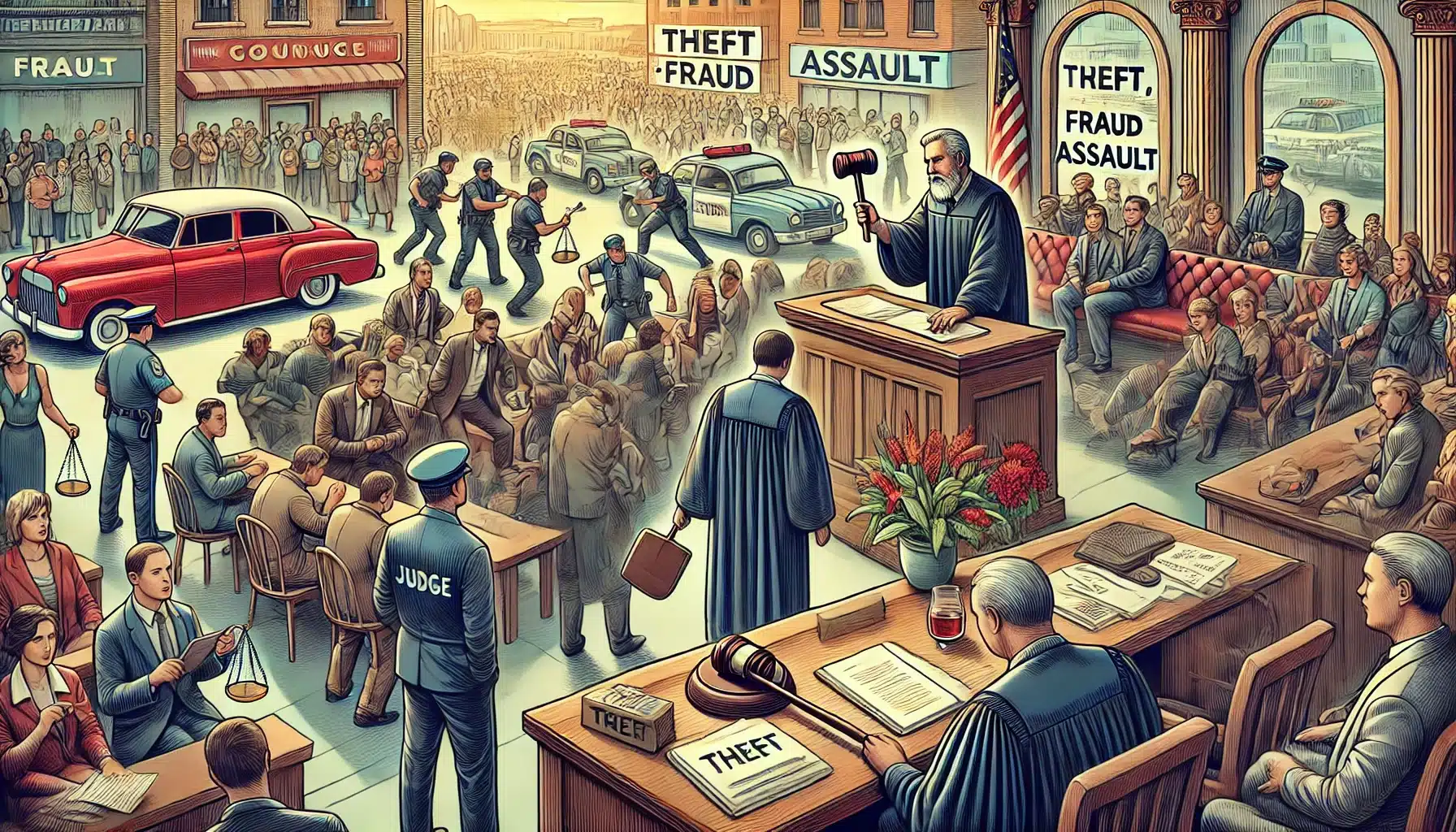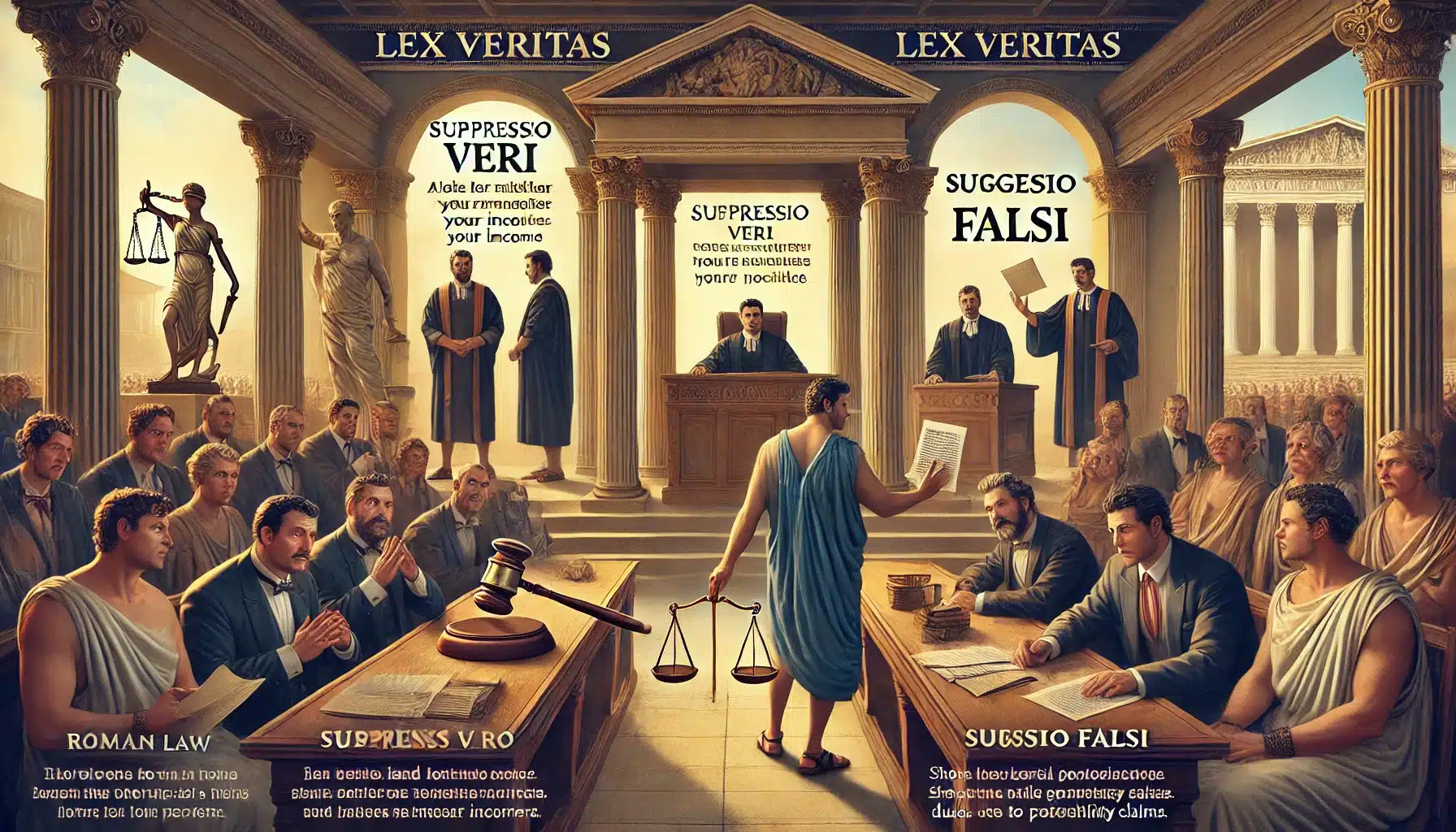Introduction A strike is stoppage from work due to the

Introduction
A strike is stoppage from work due to the mass refusal of the employees to work. It is like a shield to address public grievances.
During the Industrial Revolution, the strike became popular due to the strengthening of work labor in factories and industries. Earlier in some of the countries, the strike was considered to be illegal as the workers doesn’t have any rights and unrestricted powers were in the hand of owners. Majority of the western countries legalized strikes in the 19th or 20th centuries. The strike is generally imposed to incur pressure on the management to change policies if it doesn’t meet the demands of the workers. Sometimes, strikes turn out into a social movement that takes the form of a campaign of civil resistance in order to destabilize the rule of a particular political party or ruler. A few of the notable examples are Gdansk Shipyard, and the 1981 Warning Strike, led by Lech Walesa.
Origin of Strike
The word “Strike” was first coined in 1768 in London, when sailors in support of demonstrations, removed the topgallant sails of merchant ships at port.
Background-Pre- industrial strikes
There is speculation that the first strike was executed by the Plebeians. It is believed that the Plebeians have invented the strike because they witnessed the brutal treatment of their friends who once served the state bravely in the legions, were thrown into chains and compelled to slavery as demanded by the patrician creditors. There was another incident during the rule of Pharaoh Ramses-III in ancient Egypt on 14th November in 1152BC. The artisans of the Royal Necropolis at Deir el-medina walked off their jobs because they had not been paid.
Situation during and after the Industrial Revolution
The strike became a prominent feature of the political landscape with the beginning of the Industrial Revolution. In history, it was for the first time, a large number of people who were the members of the industrial working class; lived in the cities and received payment in exchange for their labor. During the 1830s, when the Chartist movement was gaining popularity, there was an awakening of ‘workers consciousness’. In 1838, a Statistical Society of London committee designed and prepared to elicit a complete and impartial history of strikes.
In 1842, the demands for fair wages by the workers outbroke in different countries, which paved the way to the first modern general strike. By the 19th century, strikes became an important part of the industrialized world, as the workers formed a union and claimed for their rights for better wages and standards with their employers. Karl Marx highlighted the issue through his work “The Poverty of Philosophy”.
Types of Strikes
- Wild cat strike- The strike which takes place without authorization from the formal union is known as wild cat strikes. This kind of strike was undertaken by the labor unions who demanded equal wages, benefits, and proper working conditions.
- Sit- down strike– In this kind of strike the workers refuse to work and dissuade people from working in their place or conducting business with their employers. Example: The Biennial Rosso strike took place in Italy between 1919-1920.
- General strike– The strike involves a large number of workers, in a particular community or region is known as general strikes. Such kind of strikes are carried out to put pressure on the State or other authorities to draw their attention and response to unsafe conditions in the work place.
- Sympathy Strike- A sympathy strike is another version of a general strike, where a small group of workers is involved, who refuses to cross a picket line established by another as a means to support the other striking workers.
- Jurisdictional strike – In this kind of strike, there is a concerted refusal to work, undertaken by the union. The purpose of the strike is to protest the assignment of disputed work to members of another union.
- Student strike- This strike is executed by the students, who refuse to attend schools or any other educational institution. The purpose of the strike is to highlight the grievances of the students and project it in front of the public, sometimes such kind of strikes goes against the rules and regulations of the society.
- Hunger strike- In this kind of strike there is a deliberate refusal to eat food. Such kind of strikes usually takes place in the prison as a form of political protest. Student strikes, a hunger strike aims to spoil the public image of the target.
Strike-Its Legal Prohibitions
- Canada- The Supreme Court of Canada ruled that there is a constitutional right to strike on 30 January 2015. The strike is vital to protect the meaningful process of collective bargaining. This decision was adopted by Chief Justice Brian Dickson from 1987 Supreme Court ruling on a reference case.
- France– In France, the constitution recognized and guaranteed the right to strike. The then President of France, Nicolas Sarkozy promised a ‘minimum service’, during strikes in public transport. He took the decision during his campaign for the French presidential election.
- United Kingdom- In the United Kingdom, the Police Act was enacted in 1919, prohibiting any kind of police strikes and formation of any union by police officials. A substitute was provided in the form of arbitration for collective disputes.
- United States- In the United States some jurisdictions prohibit strikes by employees, such as the “Taylor Law” in New York. Other jurisdictions impose strike bans on particular categories, who are regarded as critical to the society such as police, teachers, and firefighters.
IMPACT of Strikes
Impact of strikes in the society
Sometimes, strikes create a negative impact on society. The large corporates can survive most strikes but the smaller businesses suffer a lot. The loss of production and of customers is the first consequence of a strike. Sometimes, indirect strikes incur huge losses. As it happened in the case of NUM and ors. v. Chrober Slate (Pty) Ltd. The mine authority took the decision to dismiss the factory staff and its quarry workers due to the un-procedural strike raised by the quarry workers, who refused to work. The factory staff who were not guilty, had to bear the consequences without any mistake. on proven innocent, the Labour Court ordered the mine authority to reinstate the dismissed employees.
Impact of strikes on economy
Strikes incur a huge loss on the economy and lead to wastage of time and resources. The employer has to bear the loss of money due to delay in service to clients even lose the production time. There is a risk for employees to lose money as well as job. If there is no work, there will be no pay.
Impact of strikes on Employment Relationship
Frequent strikes arouse the feeling of hostility, which can severely damage teamwork, productivity, and profitability. Hence, the relationship between the owner and the employee also gets affected and the business suffers.
Steps to resolve strike
There are various steps an organization should follow to curb the stress of strike.
- An organization should try to bridge the worker-management divide; while attempting to discard the traditional, rigid demarcation between management and labour.
- An organization should practice empathy and try to resolve the issues of the employees. It should take wise decisions and find out a solution that works for everyone.
- An organization should have a positive attitude whenever there is a strike. It should look up to the problem to be solved, rather than a battle to be won, this will help the companies to negotiate effectively.
- It is very important for an organization to allow for worker autonomy. In a healthy working environment, the employees take self-initiative to excel in order to bring personal accomplishment.
- An organization must take the utmost care to provide relevant information and data to its employees and maintain a professional approach.
- An organization should take care of the safety and security of its employees. They should keep the working environment safe & healthy, and make them feel more valued and important.
Conclusion:
The best way to resolve the strikes is to make the workers feel that they have a voice in the workplace. A faith is to be created in them regarding management that they can reach out to the concerned authority and resolve the issues instead of giving it a shape of violence. However, till the time such a faith is created, strike act as a powerful weapon to unite the weakened voices of the marginalized people.




